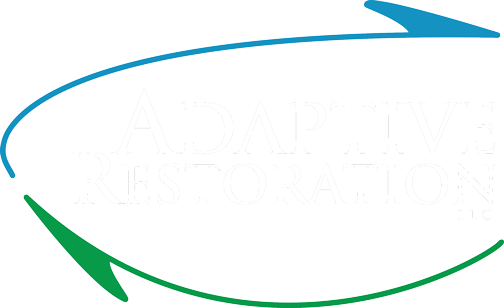How Can I Prepare For My Burn?
There are a variety of ways that you can help facilitate your prescribed burn. One of the most important things you can do is ensure you have good firebreaks around your burn area. We can perform all necessary firebreak installation and “prep” prior to burning, and if we do so, you may receive a not-to-exceed estimate for your burn. You may also establish and maintain your own firebreaks, following the guidelines below.
Please follow these recommendations:
ESTABLISH EXCELLENT FIREBREAKS
Firebreaks should be a width equivalent to at least twice the height of adjacent fuels. The wider, the better! For prairie burns we generally require a 24’-30’ wide firebreak. This width is equivalent to the flame length of a headfire in a prairie. Coincidence?
Grass firebreaks should be mowed as short as possible (<3” tall), and reasonably free of thatch. The less burnable material on the firebreak, the better!
Mowing grass firebreaks in the fall prior to a spring burn is preferred. This avoids delays in firebreak installation due to snowy and muddy conditions in early spring, and generally produces less thatchy firebreaks.
Woodland firebreaks should be raked or leafblown to at least a 6-foot width of bare soil, free of logs, sticks and leaves.
Avoid piling sticks and logs along the edge of burn units. If possible, remove grass and leaves from around any object you wish to protect from fire, like utility boxes, birdhouses, ornamental trees, etc. We recommend mowing, raking and/or leaf-blowing a firebreak equivalent in width to at least twice the height of the surrounding fuel.
Consider maintaining a permanent mowed path around burn areas. We can help design and maintain firebreaks and trails.
Remove small flammable structures (e.g. birdhouses, benches), trash and debris from the burn unit.
Identify water sources on site, including water spigots from a house or access to a pond or stream. Let us know if water is turned on, or if we have the capacity to turn water on.
Let us know about any areas or objects needing special protection from fire, heat, or smoke.
Make us aware of any hazards within or near a burn unit, such as power poles, LP tanks, sinkholes, etc.
Indicate whether you are willing to help with neighbor notification by either providing us with a best means of contacting your neighbors, or by contacting neighbors yourself. Give your neighbors a heads up that you are expecting a burn. Don’t know your neighbors, or don’t talk with them much? Pre-burn notification is a great opportunity to reach out.
Help identify best places for equipment and vehicles to stage during the burn and best access to the burn unit with equipment, if possible.
Expect to hear from us in early fall, winter, or early spring, checking in on site conditions. We may ask to visit the site prior to burning.
Indicate your preferred mechanism of communication, either email, text, or phone call.



